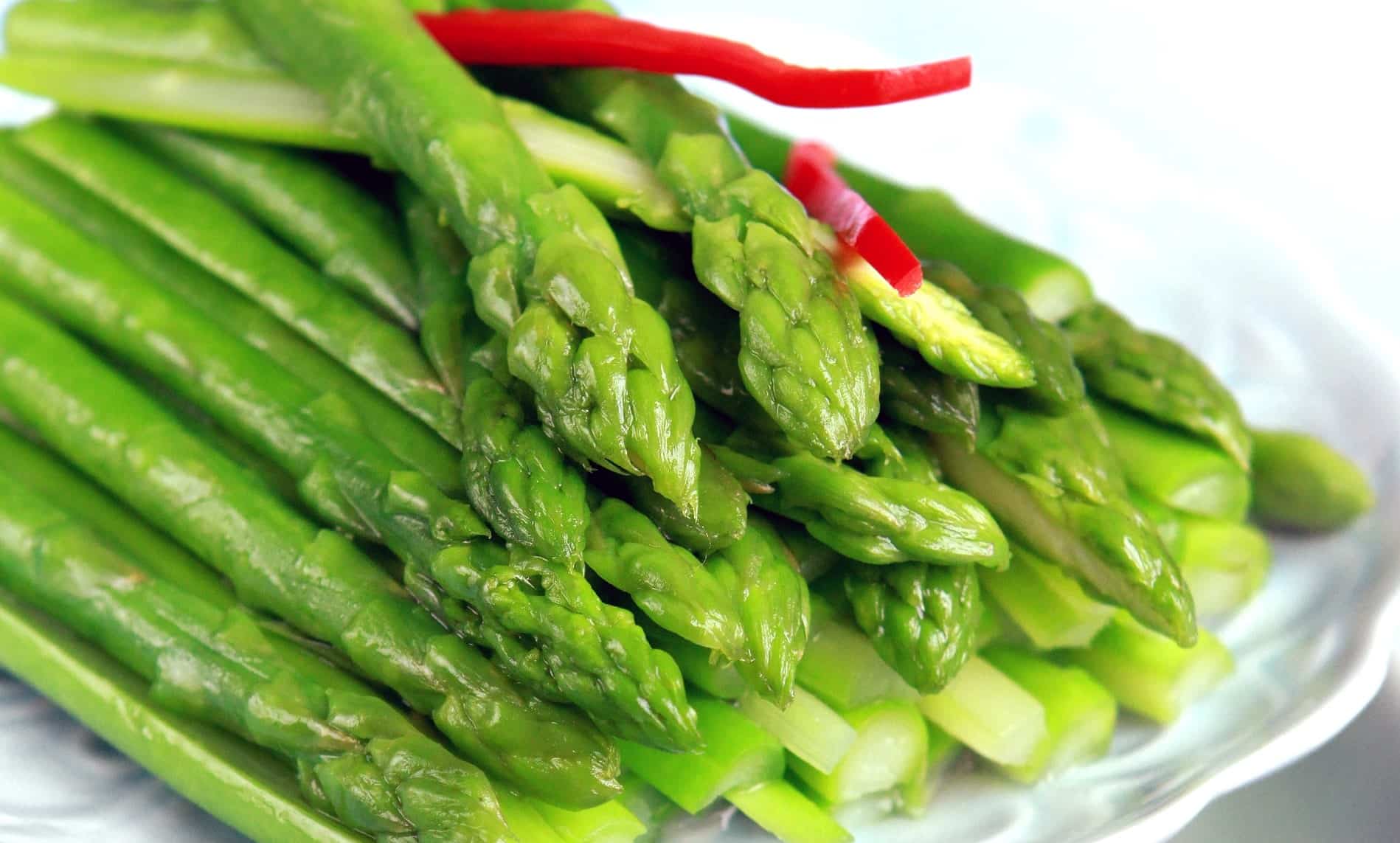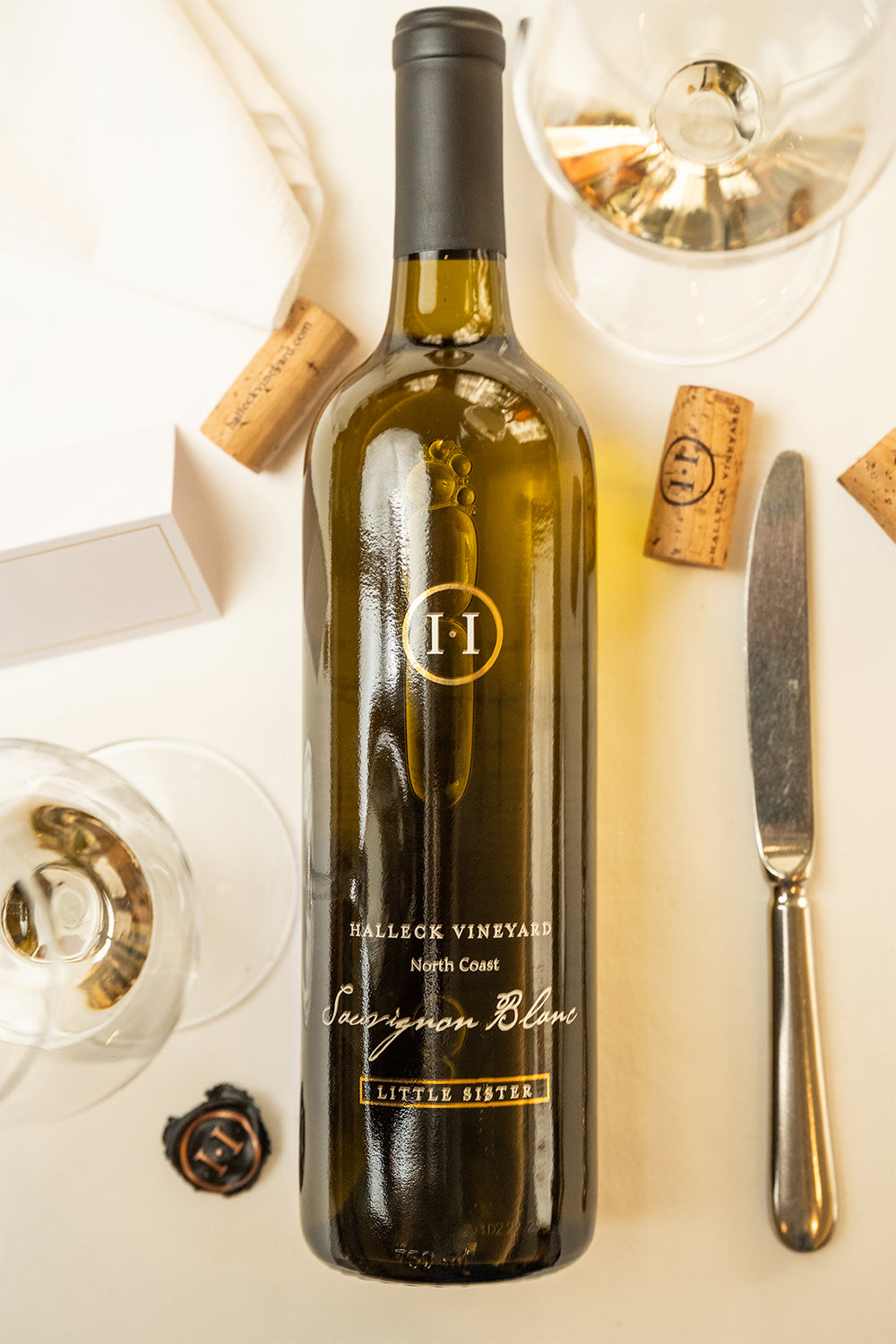Charming Wineries With Views In Sonoma Valley - Top Sonoma Wineries To Visit
Charming Wineries With Views In Sonoma Valley - Top Sonoma Wineries To Visit
Blog Article
Wineries That Host Harvest Festivals - Wineries Near Sebastopol For Tasting
Wine tasting is an art that combines sensory experience with an appreciation for the nuances of different varietals. How to judge flavors in winery wine tasting sessions is pivotal to grasping the complexities of wine.
Participating in a wine tasting includes greater than simply sipping and savoring. It requires a centered strategy to establish aromas and flavors that each wine presents. As you begin, observe the wine's appearance, noting its colour and readability. These visible cues usually recommend a wine’s age, grape variety, and even potential flavor profiles.
The next step in the tasting course of is to swirl the wine in your glass. This action releases aromatic compounds that are vital for evaluation. Lean in and take a second to inhale deeply; the aromas can range from floral and fruity to spicy and earthy. The nose of the wine is simply as important because the palate, and recognizing scents performs a big role in understanding the general experience.
When taking your first sip, allow the wine to move throughout your palate - Wineries That Offer Barrel Tastings. Notice the initial flavors that present themselves. Is the wine fruity, floral, or perhaps herbaceous? This preliminary style gives insight into what the wine is more probably to categorical as you proceed to judge it. The mouthfeel also contributes to the overall flavor experience; it may be silky, tannic, or even effervescent.
Wineries With Sustainable Practices - Sonoma's Premier Wine Tasting Events
As you continue tasting, take note of the wine’s stability. A well-balanced wine will harmonize acidity, sweetness, and tannins. If one element overwhelms the others, it might point out a less fascinating high quality. Evaluating stability may help you establish how well the wine might pair with food.
Transitioning to the end, contemplate how the flavors evolve as the wine lingers on your palate. A lengthy, pleasant end can point out a high-quality wine, whereas a short or abrupt finish may suggest otherwise. Reflect on whether the flavors stay consistent or if new notes emerge because the wine settles. This development can reveal complexities and intricacies which may not have been apparent in the preliminary tasting.
Temperature is also an important think about evaluating wine flavors. Totally Different types of wine are optimally loved at particular temperatures. White wines typically shine when chilled, while red wines usually carry out best at room temperature. When tasting, make certain the wine is at the appropriate temperature to totally recognize its character.
Wineries With Beautiful Architecture - Wine Tasting Experiences In Sebastopol
Pairing food with wine can significantly improve the tasting experience. Meals can affect the notion of flavors in wine, either highlighting sure characteristics or diminishing them. When evaluating flavors, contemplate how the wine interacts with totally different foods, noticing which flavors are amplified or muted (Wineries Featuring Seasonal Wine Events In Sonoma).
Consider the influence of terroir as you interact in a winery tasting. Terroir encompasses the distinctive environmental factors that have an effect on grape rising, together with soil composition, local weather, and geography. Understanding a wine's terroir can provide perception into its flavors and aromas, fostering a deeper appreciation for the alternatives made throughout its cultivation and manufacturing.
Schooling performs a fundamental role in enhancing one's ability to evaluate wine flavors. Studying about grape varieties, wine areas, and production methods can pave the means in which for more informed judgments during tastings. Additionally, attending workshops or classes can refine sensory skills and expand your flavor vocabulary, enabling you to articulate tasting notes extra effectively.

Lastly, it's important to keep in mind that evaluating wine flavors is a extremely personal experience. Particular Person preferences and perceptions will invariably form one’s tasting journey. Enjoyment must be on the forefront, with the evaluation course of performing as a software to boost understanding and appreciation rather than create rigid guidelines.
Wineries Focusing On Single Vineyard Wines - Sebastopol Wine Country Vineyards Adventure
In conclusion, mastering the method to consider flavors in winery wine tasting classes includes a mixture of sensory engagement, knowledge, and practice. By studying to identify aromas, assess the steadiness, and recognize the intricacies of flavor, wine enthusiasts can deepen their connection to each bottle they encounter. As with any art kind, the extra one immerses themselves within the experience, the more they will discover and enjoy the vast world of wine.
- Start by observing the wine's shade and clarity, as these visible elements can trace at its flavor profile and getting older potential.
- Swirl the wine gently in your glass; this releases aromatic compounds, permitting you to higher identify the complex scents related to the wine.
- Take a deep inhale earlier than tasting, focusing on both main and secondary aromas to assemble insights on fruits, spices, and other nuances.
- When tasting, allow the wine to coat your palate; note the initial flavors, the mid-palate complexity, and the finish as these stages can provide completely different flavor highlights.
- Pay consideration to texture and mouthfeel, as aspects such as tannin ranges, acidity, and sweetness contribute considerably to the overall tasting experience.
- Compare flavors in opposition to normal wine traits; for pink wines, think about berry notes, oak influence, and herbal tones, whereas whites might include citrus, stone fruits, and floral hints.
- Take notes in the course of the tasting session to track your impressions, helping you to remember and evaluate the completely different wines sampled.
- Discuss your findings with fellow tasters or winery staff, as sharing insights can improve understanding and appreciation of particular person flavors.
- Enable time for the wine to breathe; typically, flavors evolve and reveal new dimensions after being exposed to air.
- Experiment with food pairings through the tasting as they can dramatically alter how flavors are perceived, influencing general enjoyment.undefinedWhat ought to I look for when evaluating the aroma of wine throughout a tasting?
Begin by swirling the wine in your glass to release its aromas. Deliver the glass to your nostril and take a deep breath. Pay consideration to the primary scents you detect, as these are sometimes the most distinguished. Look for fruit, floral, herbal, or earthy notes and try to determine particular characteristics, which will deepen your understanding of the wine's complexity.
Wineries Pairing Wine With Chocolate - Wineries To Visit

How can I distinguish between totally different flavor profiles in wine?
Understand that flavor profiles are often categorized as fruit, floral, herbaceous, spicy, or mineral. Take small sips and permit the wine to coat your palate. Notice the first flavors that emerge first and the refined notes that comply with. This layering is crucial in distinguishing the wine's traits and can assist you to appreciate its distinctive profile.
Wineries With Picnic Areas - Enjoying A Vineyard In Sonoma
What is the significance of the wine's texture in a tasting?

The texture of the wine, also identified as mouthfeel, performs a vital role in how we understand flavors. Pay consideration as to if the wine feels clean, creamy, or gritty. The physique of the wine (light, medium, or full) can improve or contrast with flavors, offering a more rounded experience during tasting.
How do I assess the balance of flavors in wine?
Balance in wine refers again to the concord between acidity, sweetness, tannin, and alcohol. Take a second to assess whether these components complement or interfere with each these details other. A well-balanced wine may have none of its elements overpowering the others, creating a nice tasting experience.
Wineries Pairing Wine With Chocolate - Exploring Sonoma's Wine Landscape
What position does temperature play in evaluating wine flavors?
Temperature can significantly impression the perception of flavors. Usually, pink wines are best served barely below room temperature, whereas white wines take pleasure in being chilled. As the temperature adjustments, the aromas and flavors can shift, permitting you to perceive completely different traits. It’s important to taste wine at its optimal temperature for true evaluation.
Wineries Near Santa Rosa - Sonoma Area Winery For Tasting
How can I improve my tasting skills over time?
Practice is key to bettering your tasting skills. Charming Wineries With Views In Sonoma Valley. Attend tastings, keep a journal of your experiences, and explore various sorts of wines to broaden your palate. Moreover, studying about wine manufacturing and grape varieties can present context that enhances your evaluation process, making you a extra knowledgeable taster.
Is there a selected order during which I ought to style the wines?
Wineries With Unique Wine Blends - Finding Good Wineries For Wine Tasting
Yes, it’s advisable to style wines from light to full-bodied and dry to candy. This development prevents the stronger flavors from overshadowing the extra delicate ones, allowing you to fully appreciate each wine's traits and nuances with out palate fatigue.
How can I evaluate the aftertaste of wine?
Wineries Known For Sustainable Practices In Sonoma - Wine Tasting At Sonoma Vineyards
The aftertaste, or finish, is an important aspect of the wine-tasting experience. After swallowing, pay consideration to how long the flavors linger on your palate and whether or not they change. A lengthy, nice finish is often an indicator of a high-quality wine, whereas a short or disagreeable finish may counsel otherwise.
Why is it important to notice the wine’s acidity during tasting?
Acidity contributes click here now to the overall freshness and construction of the wine. Pay attention to the tingling sensation on your tongue; larger acidity can enhance the wine's liveliness and balance out sweetness. Noting acidity helps determine the wine's versatility with food and its getting older potential.
What should I do if I battle to establish specific flavors in wine?
Wineries Producing Pinot Noir And Chardonnay - Sonoma Valley Vineyards And Wine Tasting
Struggling to determine flavors is widespread, particularly for newbies. Focus on broader classes and describe what you can recognize, such as sweet or earthy notes. With practice, studying about completely different flavor profiles, and maybe utilizing flavor wheels, you'll refine your senses and develop a more nuanced approach to tasting. Report this page